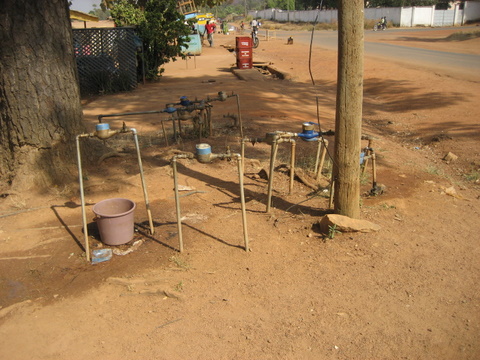Happy New Year Zero Resource Readers!
Below is a collection of interesting events for the month of January.
– – –
Electric Vehicles + Smart Grid
Dian Grueneich, Former Commissioner, California Public Utilities Commission, Mark Duvall, Director of Electric Transportation and Energy Storage, Electric Power Research Institute and Ted Howes, Partner, IDEO, discuss new technologies and their implications for the future of power generation, while Anthony Eggert, Commissioner, California Energy Commission, Transportation Lead, Diane Wittenberg, Executive Director, California EV Strategic Plan, Diarmuid O’Connell, Vice President of Business Development, Tesla Motors, and Marc Geller, Co-founder, Plug-In America, discuss the future of the electric car in California. At the San Francisco Commonwealth Club, with a networking break between topics.
Thursday, January 13, 9 – 11:30 a.m.
595 Market St., 2nd Floor, San Francisco, CA
$45 member, $65 standard, and $15 student tickets
event link
A Look Ahead at California’s Clean Energy Future
Panama Bartholomy from the CEC and Emma Wendt from PG&E discuss the strengths and weaknesses of the new report “California’s Clean Energy Future”, jointly issued by the California Air Resources Board, California Energy Commission and the California Environmental Protection Agency, among others.
SPUR Evening Forum, Tuesday January 25, 6p.m.
654 Mission Street, San Francisco, CA
free to SPUR and Association of Environmental Professionals members, $10 general admission
event link
Film, ‘ A Sea Change: Imagine A World Without Fish’
The San Francisco Public library will be hosting two free screenings of ‘A Sea Change’. “The documentary film A Sea Change, broadens the discussion about the dramatic changes we are seeing in the chemistry of the oceans, and conveys the urgent threat those changes pose to our survival, while surveying the steps we can take to reduce the severity of climate change.”
Wednesday, January 26, 6 p.m. and Saturday, January 29 at 2 p.m.
Koret Auditorium, Main Library, 100 Larkin St., San Francisco, CA.
free
event link
“Transforum” with Peter Calthorpe: ‘Urbanism in the Age of Climate Change’
Highly influential urban planner Peter Calthorpe discusses his new book, ‘Urbanism in the Age of Climate Change’.
Thursday, January 27, 6:30 p.m.
Hosted by Transform, and held at the SPUR Urban Center, 654 Mission Street, San Francisco, CA.
$15, rsvp recommended.
event link
“Save Our Caltrain!” Summit
Attend this summit to learn about and discuss the severe fiscal crisis facing Caltrain, an important Bay Area transit agency that lacks its own dedicated funding, and connect with others working to find solutions. Organized by the Friends of Caltrain.
Saturday, January 29, 8:30 a.m. – 2:30 p.m.
Samtrans Auditorium 1250 San Carlos Avenue, San Carlos, CA
free
event link
– – –








